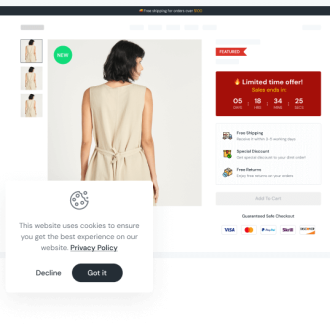There are many ways to start a successful e-commerce business by opening your own store on e-commerce selling platforms like Amazon, Etsy, eBay, etc. However, a factor that impacts the seller’s account health on these platforms is trust.
So what should we do to increase trust in your selling account’s health? Let’s build a great website for your online store where customers can visit and e-commerce platforms can check that you are not a cheated business.
The following factors will help you set up a successful online store with Shopify.
Step 1 - Choose Products To Sell
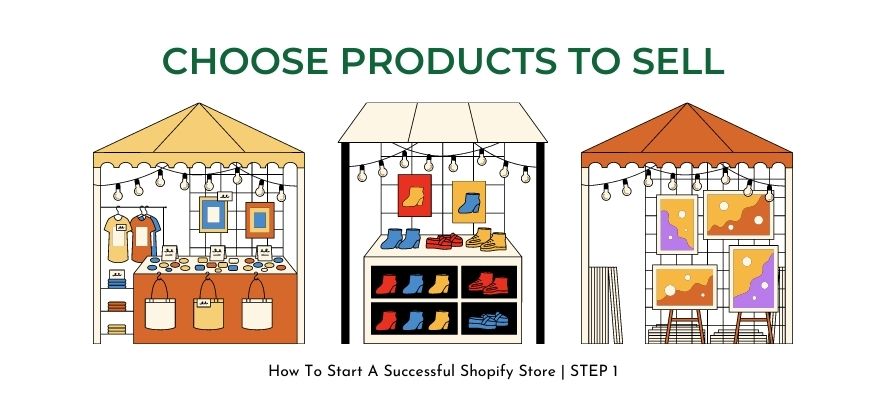
If you are a newbie in e-commerce, let’s start with research to find out exactly what you choose to sell. You can find a potential product in two ways: Trending or Outstanding.
Let me explain more clearly.
- Trending Products: This is what people search for and find most on platforms every month, every year, or something that suddenly becomes popular on social media. For example, Christmas has always been a trending occasion for selling Santa themes for years, and Taylor Swift and her concerts are so popular that people want to buy shirts with her face printed.
- Outstanding Products: This type of product is less than competitors, mostly handmade products. The benefit of outstanding products is quite hard to copy and make your brand more special. However, it needs more time to gain consumers’ trust and patience.
By researching with many analytics tools, you will get a lot of data about customers’ behaviour, like what they search for and what their needs or wants are. Based on this data, you should make a strategy for deciding which types of products you will sell.
In case you have an idea for a kind of product, let’s come across platforms or walk around your neighbourhood to ask or see what people are talking about and how to optimise your product’s idea. This is a combination of online and offline research.
Step 2 - Find Source For Products
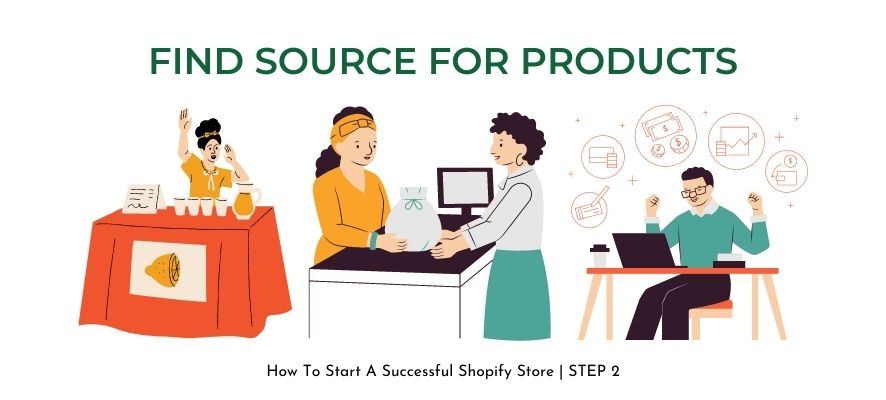
If you sell handmade products, you should ensure the quality and quantity of the material. If not, you should start to find trusted suppliers that match your sales plan.
Dropshipping is an increasingly popular business model with lower upfront investment costs and fewer risks than traditional businesses that require you to find stock or suppliers by yourself. After customers purchase products, you just need to place orders with suppliers, and they will produce and ship the items to customers.
Besides the production costs or shipping costs, you need to check with your exceptional suppliers about the quality, frequency, and time for shipping, especially on high-peak occasions or holidays. Time and quality are always the factors that impact your store’s rating.
Step 3 - Research For Competitors
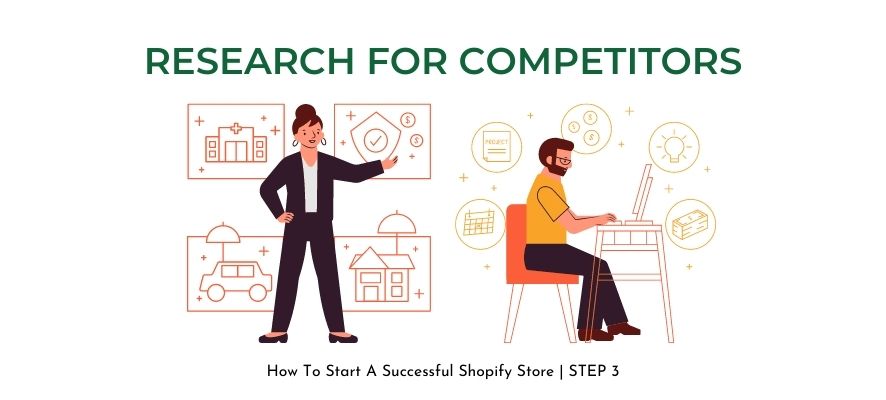
Once you have decided what your product is, another piece of research you need to do is on competitors. These are a few things you need to pay attention to when doing your competitors’ analysis:
- What is their business model?
- What is their product’s selling strategy? (Gift Set, Combo, etc.)
- What is their marketplace and social media?
- Who is their target market and audience?
- How do they push conversion?
- How do they position their brand?
- Do they get any licences?
- Is their product optimised?
Use the most important questions you want to know and make a SWOT analysis to define which niche is best for you to start and optimise your products or business.
Step 4 - Build Your Online Store
Now it’s time to start with your first online store! Anyway, first of all, you need the brand name and check for it not to duplicate with other brands. If you do not want to get into trouble with copyright licences or intellectual property (IP), you have to check the name carefully.
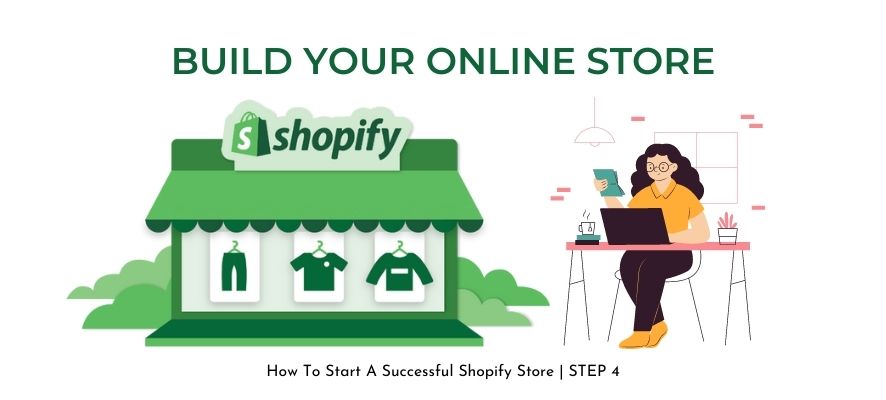
The next step is choosing ecommerce hosting platforms like Shopify, an easy and convenient platform for non-IT technical sellers. Among over 10k themes, choose the most matching style that suits your brand and target audiences.
Then, you can customise the theme with your brand name, logo, colour brand, and text font. If you want a more detailed, customised website, you can find support apps on Shopify Apps and apply them to your website for more features.
You should prepare images, content, policies, payment gates, business information, etc, before uploading them on the website to make customers believe your business is not a scam.
Remember, when your website is ready to start taking orders, double-check with test orders to ensure if there are any problems or not. This step will ensure that your customers have a smooth buying process. If there are any problems, urgently contact the Shopify support team or the app’s support live chat to get help.
Step 5 - Build Up Across-Channels
After the setup steps, what do you need to do to gain more traffic to your website by increasing the number of visitors? This step helps you reach your potential customers
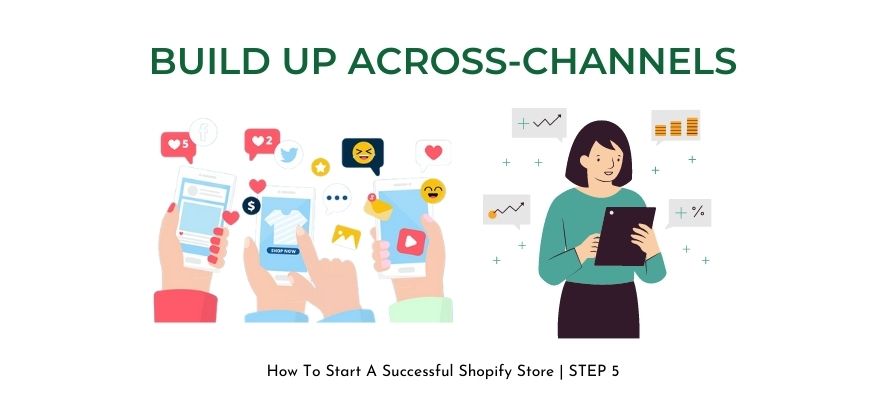
There are many across-channels you can choose from; however, email marketing is the first channel you should think about.
For example, if you do not have any confirmation emails after customers place an order, they will think you are cheating them. On the other hand, when customers are still considering your product and only add it to their cart without checking out, a reminder email will make them decide whether to purchase or leave.
Next, you can consider opening stores on other e-commerce platforms where you can get the top shopping traffic, for example, Amazon, eBay, Etsy, etc., or choosing to promote on social media like Facebook, Tiktok or Instagram, etc.
Step 6 - Optimising Your Business
Last but not least, after launch time, you can see some problems with your store. This is the perfect time to review your business and optimise it again.
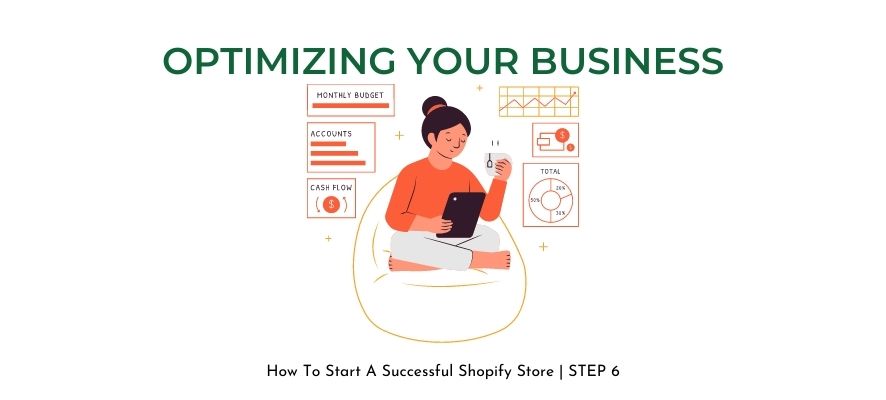
There are many factors that are affecting your business, for example, budget, costs, and product strategies. Check each part step by step to ensure what needs to be fixed or changed, then optimise them better and better.
This is also the right time to optimise your conversion plans by following your customer’s journey. Why do they buy this product but not others? Why do they only add to carts? Why is the traffic decreasing? There are multiple questions you need to answer.
For example, a low website access time means that customers can’t wait. In this case, you need to improve website access speed, which may decrease image or video size. In some cases, your tactics do not match the customers’ needs because of the price or lack of information. You can set up a retargeting campaign, test it, and try to decide which one works best for your business.
Not only for the product or sale strategy, but you also need to pay attention to after-sale service with support attitude and timing response. According to some psychology research, most customers will return or introduce your store to others if they have a good impression of the brand.
Step 7 - Never Stop To Make It Better
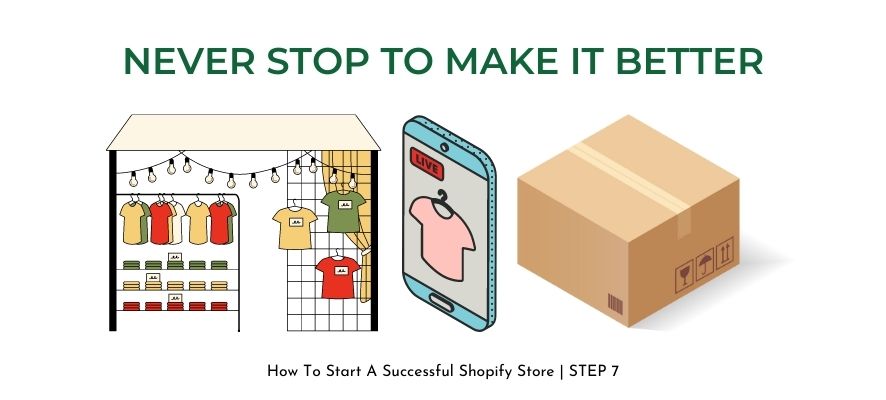
Updating your inventory with new product ideas frequently is a way to keep traffic coming to your online store. Among online stores launching every month, if you rely on a few products, customers can feel bored soon and not want to return.
Moreover, if you want your business to grow longer and longer, updating to match customer favourites and market size is so important. Each consumer generation will have changed their behaviour, which you need to update to not depend on existing customers.
In Conclusion
There are many ways to become successful in e-commerce. Here are some basic steps we suggest, hoping you understand how to set up and start an ecommerce business with Shopify’s help.



